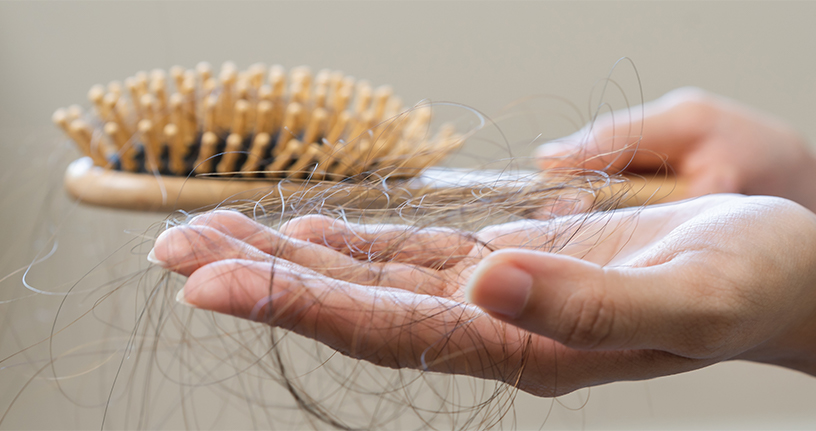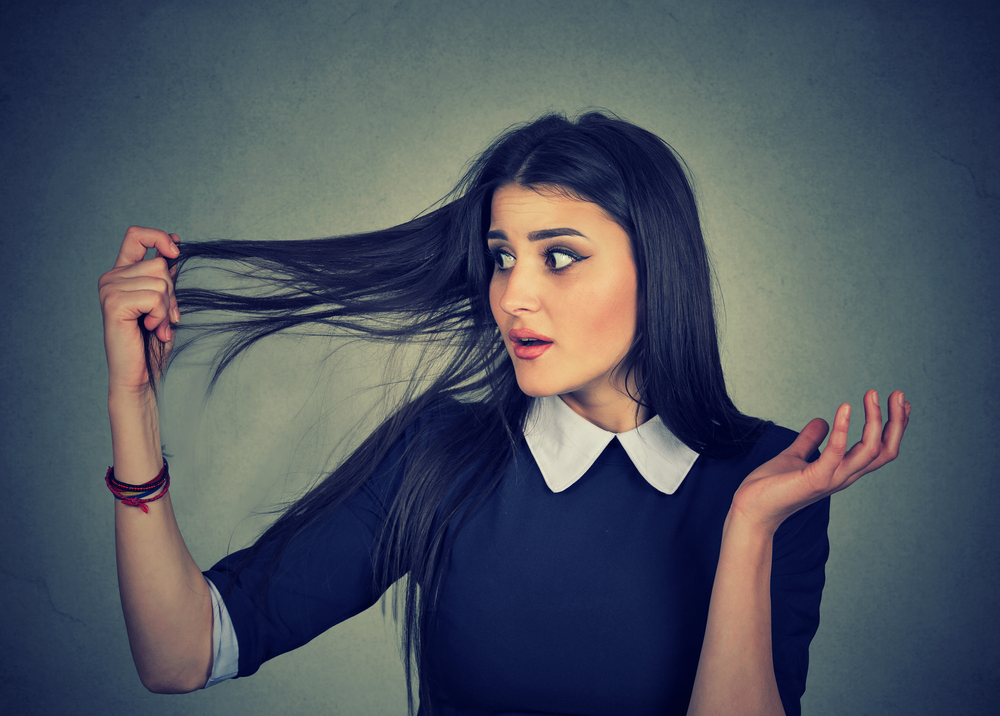Alopecia areata and androgenic alopecia have no defined cure, and several commonly used hair loss treatments require proof of effectiveness. This guide provides knowledge about evidence-based medicine and the dermatological diseases known as alopecia areata and androgenic alopecia. It also analyzes the causes and each treatment’s effectiveness.
About alopecia areata
If you have alopecia areata, you may observe that you are losing hair in patches. In some cases, hair tends to fall out quite quickly. The hair falls and usually leaves round patches of skin showing behind. You may develop one or more bare patches of skin where hair used to grow; these are often small patches, about 2 to 3 centimeters in diameter. You may observe clumps of hair on your pillow if the condition targets your scalp hair. The scalp is the most common place for hair loss; however, hair loss can happen at any part of the body where hair grows, including eyelashes, eyebrows, beard, arms, and legs. The hair loss patches vary in size. Occasionally, the condition can give rise to extensive hair loss on the head and other body parts.
Sometimes, hair begins to regrow independently, although it may fall out again. One can’t predict whether hair will fall out or grow back; the condition differs from person to person. Even if an individual has lost all of his hair, he can regain his hair growth, although when hair loss is widespread, there is a greater chance that it may not grow back. When regrowth occurs, hair may appear white or fine, but your hair texture and color return later.
Causes of alopecia areata
Alopecia areata is an autoimmune condition in which the body’s immune system mistakenly attacks itself. Normally, the human defense system protects the body against infection and disease. Those suffering from alopecia areata, the body’s immune system attacks hair follicles. There is no single cause of alopecia. Like other autoimmune disorders, it is believed to develop due to a combination of factors such as genes, the environment, and other trigger factors.
Individuals dealing with alopecia areata are more likely to develop other conditions, such as vitiligo (a skin problem in which patches of lighter skin develop), asthma, allergies, and thyroid disease. The condition is more common in those individuals who have a family member with an autoimmune disorder.
Treatment for alopecia areata
Individuals dealing with mild early alopecia areata may require no hair loss treatment, as they will likely regain hair growth without it. Some alopecia treatments can induce hair growth, though none has the potential to alter the overall course of the disease. Any hair treatment for hair loss associated with serious risks should be avoided, as alopecia areata has no side effects on overall physical health.
About androgenic alopecia
Androgenic alopecia, also called male or female baldness, is a type of hair loss due to genetics that is more common with age. If you have a variation of a specific gene, your hair follicles are known to be sensitive to the effects of dihydrotestosterone (DHT), which is a derivative of testosterone. As a result, the hair follicles shrink, leading to hair thinning.
Symptoms of male pattern baldness include:
-
- Thinning of hair or hair loss on your crown
- Thinning of hair or hair loss near your temples
- Receding hairline
Hair loss on your crown usually appears circular, while the receding hairline often appears in an M shape. As you continue to lose hair, hair tends to lose around your crown, and temples may connect to form a U shape.
Causes of androgenic alopecia in men
The chances of developing male pattern baldness are believed to increase with age. Dihydrotestosterone is an androgen that helps people enter puberty and mature physically. Physical development includes hair growth on the scalp, face, genitals, chest, and underarms. Researchers believe there is an association between DHT and shrinking hair follicles. In some cases, genes also play a role in causing androgenic alopecia.
Effective treatments for androgenic alopecia in men
Finasteride: Popularly known as Propecia, Finasteride is the only FDA-approved oral hair loss medicine available, and it causes the blockage of an enzyme called 5-alpha reductase, which is responsible for converting testosterone to DHT, causing a reduction in both scalp and blood levels of DHT. The medication is taken once orally and has been proven to reduce DHT levels in men.
Minoxidil: Minoxidil is sold as Hair 4 u 5%, rogaine, Mintop solution 2% 60 ml stimulates hair follicles to enhance blood flow and stimulate hair follicles to activate hair growth. Mintop solution 2% for hair growth is applied by rubbing into the scalp and is used primarily to eliminate the effects of male pattern baldness. Hair 4 u lotion for hair growth should also be applied directly on the scalp. It may take 1 to 4 months to notice hair growth. Buy Mintop solution 2% online from a trustworthy source to ensure authenticity.
Both are considered the best Alopecia treatments on the market. Besides scalp massage, a healthy diet and supplements may also increase your chances of hair regrowth.
Female baldness and its causes and treatments
Female pattern baldness affects women, and it causes you to lose hair on your scalp. Your hair doesn’t grow back without hair loss treatment. As mentioned above, female pattern baldness is also termed androgenic alopecia.
Causes and contributing factors of female pattern baldness include age, hormones 9androgens), and genetics.
Treatment: Over-the-counter medications you apply to your scalp, like minoxidil, are usually the first treatment for female pattern baldness. Your dermatologist may also prescribe ketoconazole 2% shampoo.
Without knowing the effectiveness and safety, there is no fun in taking risks or trying balding treatments. Follow your dermatologist’s instructions when you are prescribed Finasteride and Hair 4u lotion for both men and women. Take the time to discuss all possible side effects of available treatments with him.



